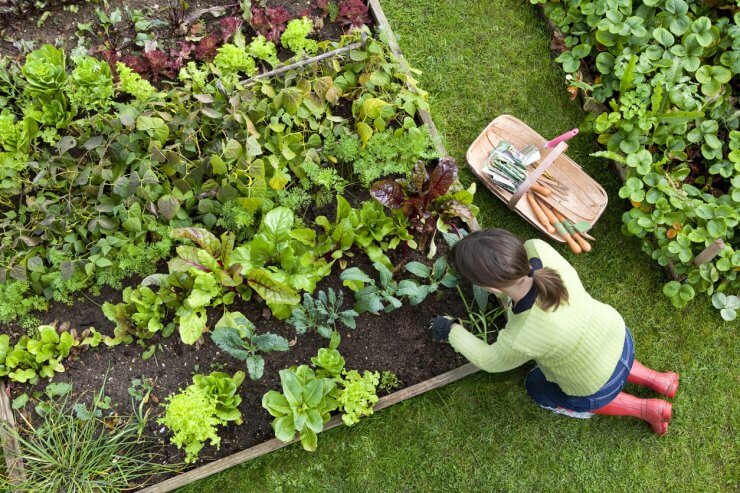
Sometimes, gardening advice gets passed around like gossip. It could be gardening tips from your grandfather on your mother’s side or a neighbor’s anecdotal vegetable garden evidence. It’s easy to hear something a few times, begin to believe it, and then adopt it into your own gardening practice. Here are some gardening myths that I’ve heard passed around and how they are based on misinformation or outdated methods.
Discover 10 top tips for growing, harvesting, and enjoying fruits, vegetables, herbs and more from your home garden—when you access the FREEBIE How to Grow a Vegetable Garden, right now!
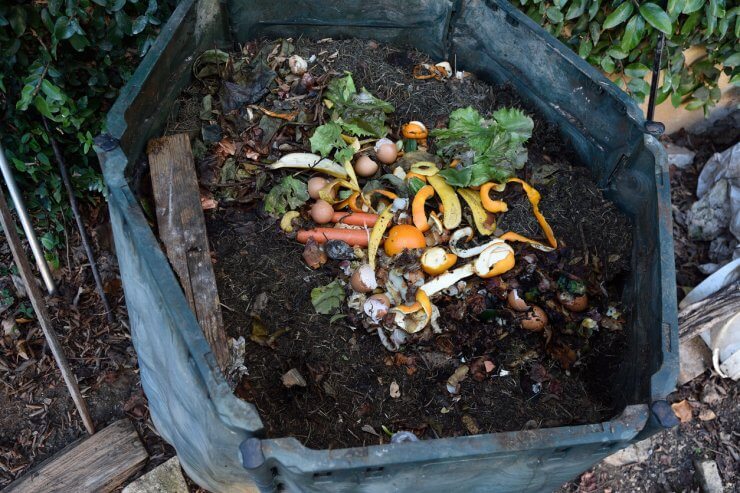
1. Composting smells terrible
Of all the gardening myths out there, this is the one I run into any time I mention composting. “But it’s going to stink up the place!” The truth is, if your compost pile is smelling like anything but earthy dirt, something isn’t right. There are some composting basics that will help you keep your compost pile smelling fresh, like making sure there’s enough oxygen in your pile. Regularly turning your compost incorporates more oxygen allowing for a more even breakdown of organic matter.
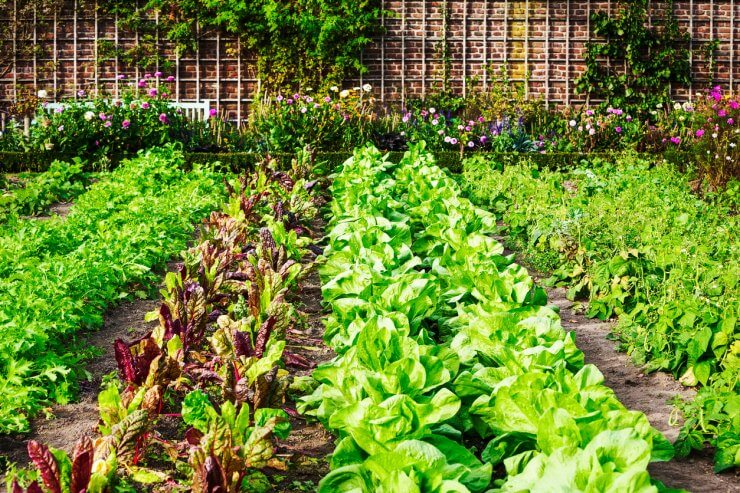
2. You must plant your vegetables in neat rows
If you’re growing crops on a farm, it makes sense to grow everything in neat tidy rows that allow you to use heavy-duty machinery to till, sow, and harvest your crops. But in your backyard vegetable garden, you can decide the layout for your plants based on personal preference. There’s even an argument for mixing up your vegetables as a way of using companion planting to ward off pests and disease.
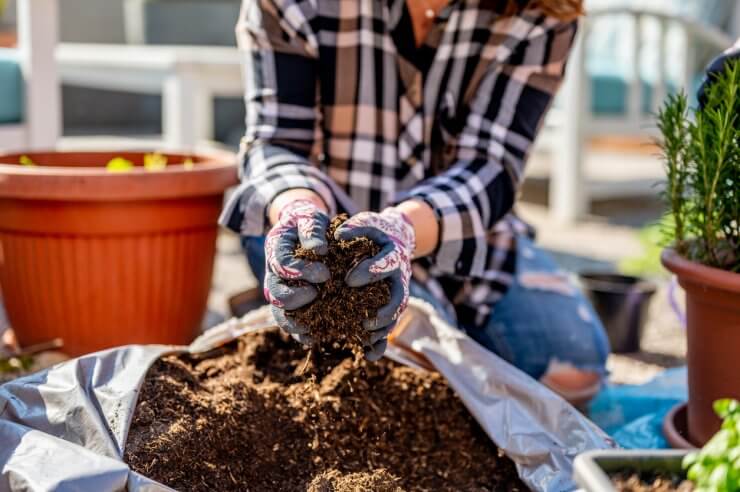
3. Potting soil needs to be changed out regularly
If you’re working with a container garden or even a small windowsill herb garden, you may think you need to swap out the soil regularly in order to reintroduce nutrients to your herbs and vegetables. The truth is that once a year will do just fine.
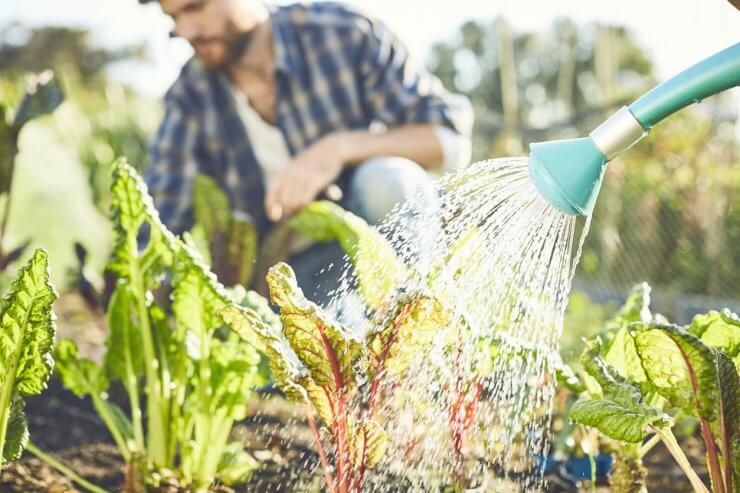
4. Watering during a sunny day will burn plants because water droplets magnify the sun’s rays
This is one of those gardening myths that falls into the “old wives tales” category. The pseudoscience is that if you water during a sunny day, water droplets will act as mini magnifying glasses and concentrate the sun’s rays onto your garden, scorching the leaves. This is just false and has been disproven many times over. There is a risk, however, that by watering during the hottest point of the day, that much of that great water will evaporate into the air instead of nourishing your vegetables. For that reason, it may be worth watering in the morning or later afternoon instead.
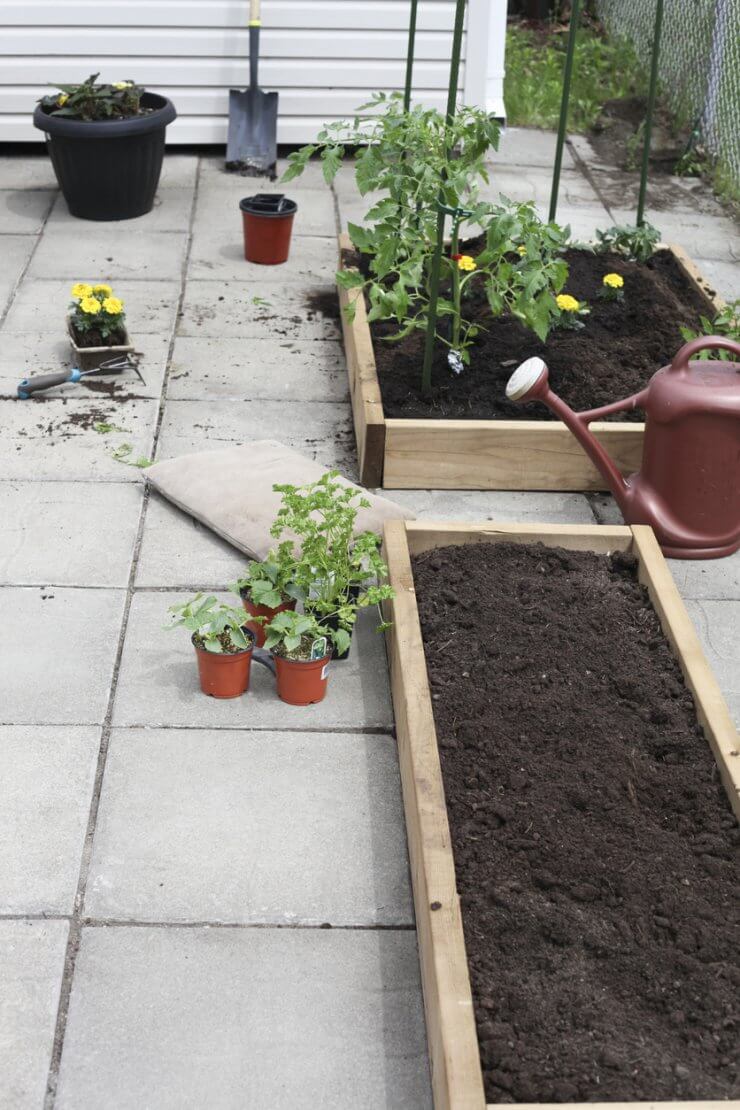
5 . You need a large space to start a vegetable garden
One of the biggest gardening myths is that you need a huge backyard to start a vegetable garden. Don’t get me wrong, big yards are great and if you’re lucky enough to have the square footage, take advantage of it. You just don’t need a ton of space to have a nice kitchen garden. Maybe you don’t technically have a yard at all. You can grow a fully functional container garden that lives on a porch, balcony, or parking pad. With container gardens, raised beds, and vertical gardens you can build the garden of your dreams with a relatively small footprint.
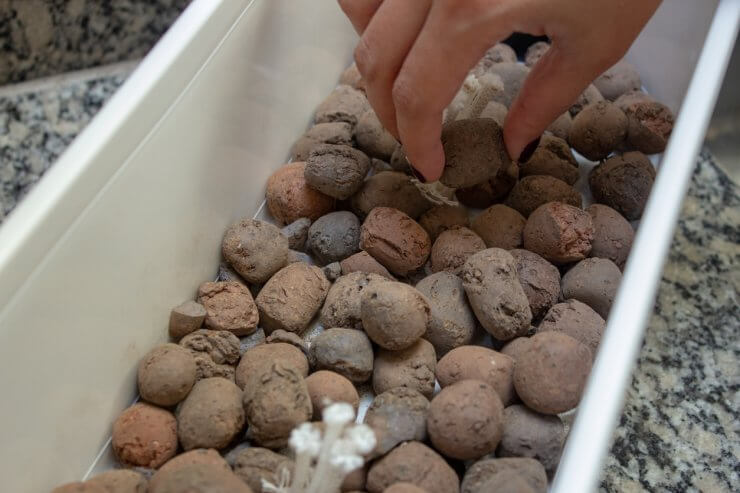
6. Gravel at the bottom of planters and containers improves drainage
This is one of those gardening myths that even I still have to shake out of my head. I can’t remember where I heard it, but it has embedded itself in the garden community as the best way to ensure proper drainage in containers and planters. The problem is, it doesn’t work. In fact, it actually does the opposite of what we think it should. By adding gravel or rocks to the bottom of your container you’re raising the level of where water will pool, bringing it closer to your vegetable’s or herb’s root system. This could increase the chance for root rot. Instead of gravel, just make sure there are enough drainage holes and that they remain unclogged.
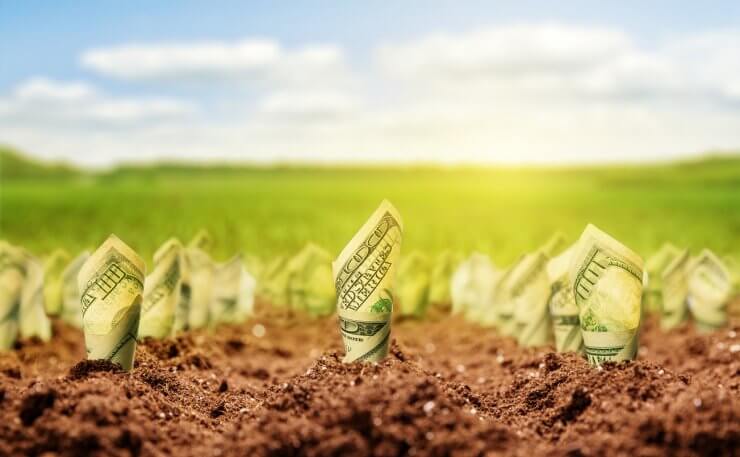
7. Starting a garden is going to cost me a lot of money
Starting a vegetable and herb garden doesn’t have to cost a ton of money. With some basic tools, and some inexpensive seeds or seedlings you can get your garden up and running and stay within your budget. There are plenty of DIY garden ideas including trellises, raised beds, and container gardening that all come in at free or nearly free price points. The place to spend your money is good soil, compost, and potting mix.
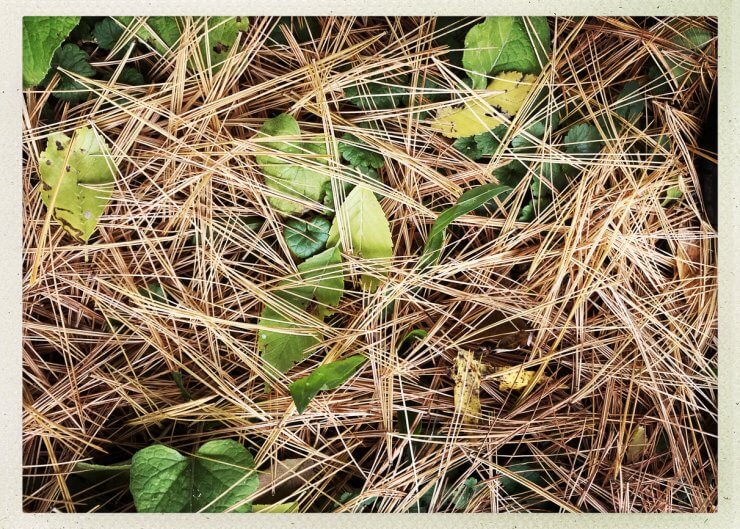
8. You shouldn’t put pine needles in your compost pile because they’re too acidic
Pine needles are acidic, but incorporating them into your compost with other non-acidic organic matter will generally balance out the mixture. If added to compost, it’s a good idea to wait until the pine needles are dried out first since they will break down faster. You may also consider using pine needles as mulch.
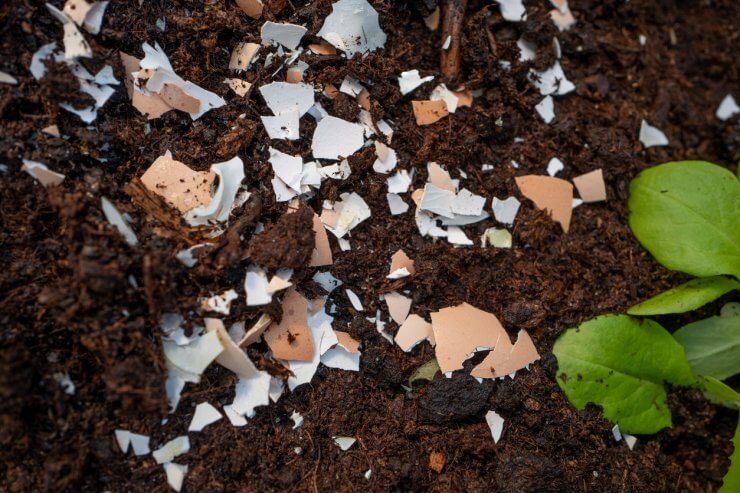
9. Crushed eggshells are great for adding calcium to the soil
Eggshells take years to decompose before their calcium can be useful to surrounding plants. It might not harm your vegetable garden and can have benefits such as balancing the pH of the soil but unless you’re adding a ton of eggshells, the calcium may not benefit the soil for a while.
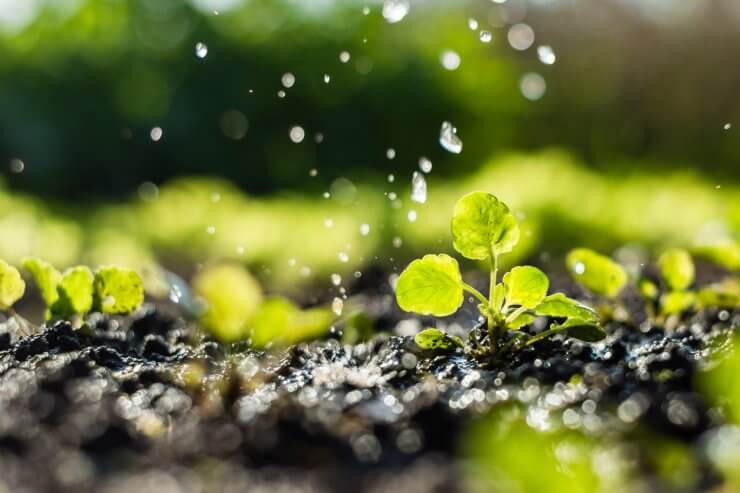
10. Plants need one inch of water per week
The reality is that each vegetable and herb requires a different amount of watering depending on the type of plant and the age of the plant. Young seedlings and new transplants are just starting to build their root systems and will need more regular watering. Established perennials may only need supplemental watering if there has been a dry spell. Having a watering routine is great, but check to see if your plants need it first. Only water your garden if your plants need it.
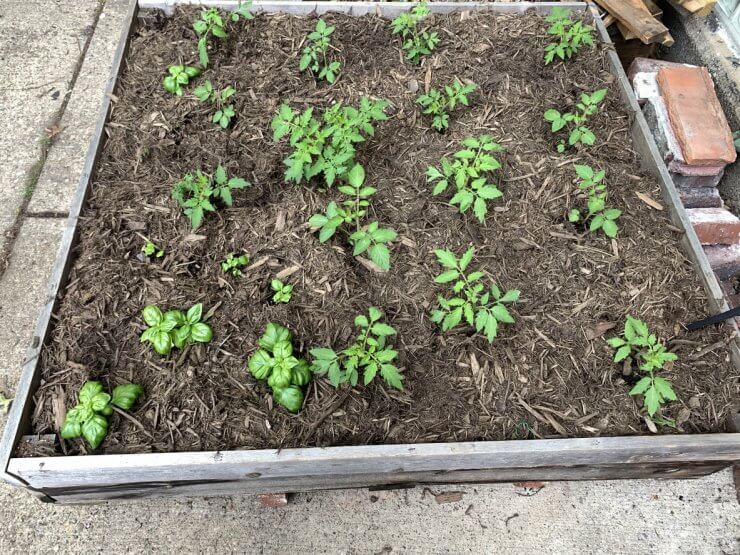
11. Wood chips are the best mulch
Wood chips are an excellent mulch choice but don’t limit yourself. There are great mulch options at various price points and with different benefits. Besides wood chips, grass clippings, straw, compost, and even gravel can be used to mulch your vegetable garden. You may decide to use multiple types of mulch depending on what types of vegetables and herbs you are growing, and what your soil drainage needs are.
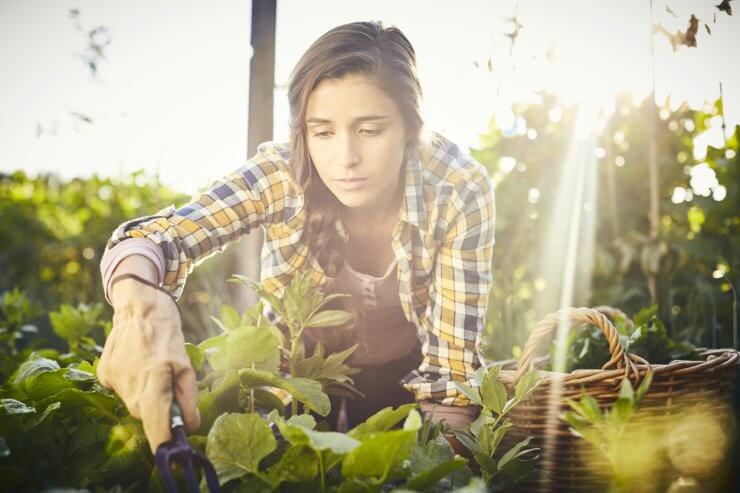
12. Your garden needs to get more than 6 hours of sunlight a day
While some vegetables require full-sun, there are plenty of herbs and vegetables that will grow well in areas with more moderate levels of sunlight and partial shade. The trick is to find the plants that will work best in your garden space.
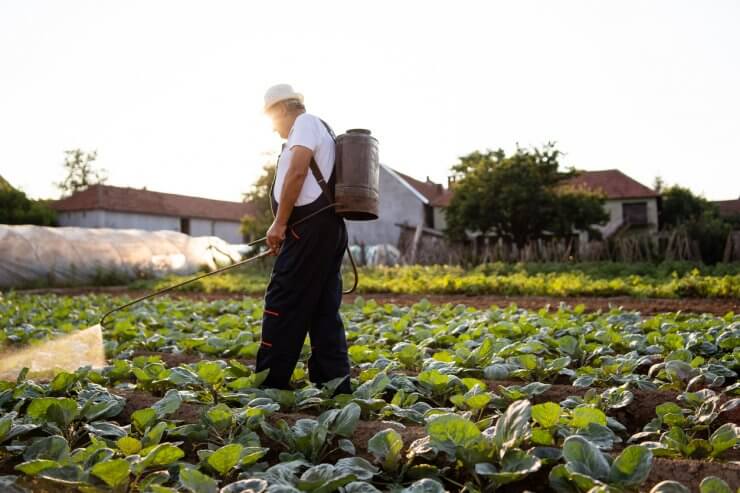
13. If fertilizer or pesticide is organic I can use as much as I want
Regardless of whether fertilizer is organic, more is not always better. In fact, using too much organic pesticide or fertilizer can do damage to your vegetable garden and each plant’s root system. The key is to follow directions and when in doubt, use less than directed to start.
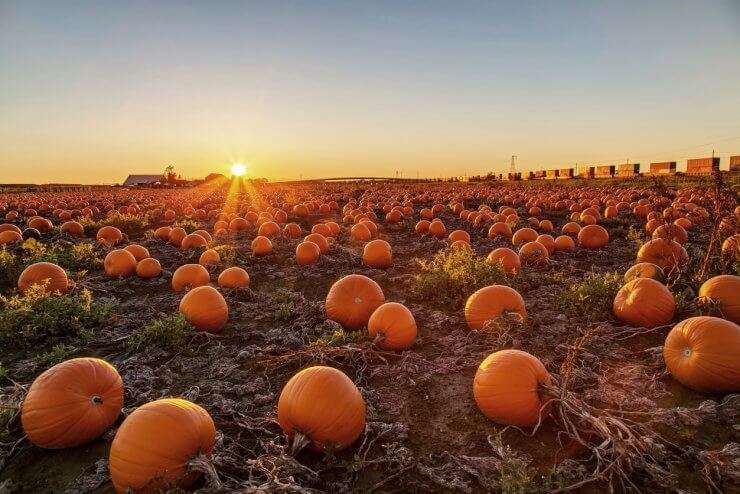
14. Vegetable gardening ends in the fall
Depending on where you live, it’s likely that the bulk of your local harvest takes place in the late summer and fall months. However, that’s not to say all vegetable gardening is complete. Certain crops will continue to grow well into November in some areas and even later in warmer regions. Even if you’re like me and live in a northern region (Zone 5 here!) there’s still plenty of ways to keep gardening throughout the winter. You can build a cold frame to extend your growing season and even plant vegetables like garlic so they can overwinter and be ready for an early spring crop.
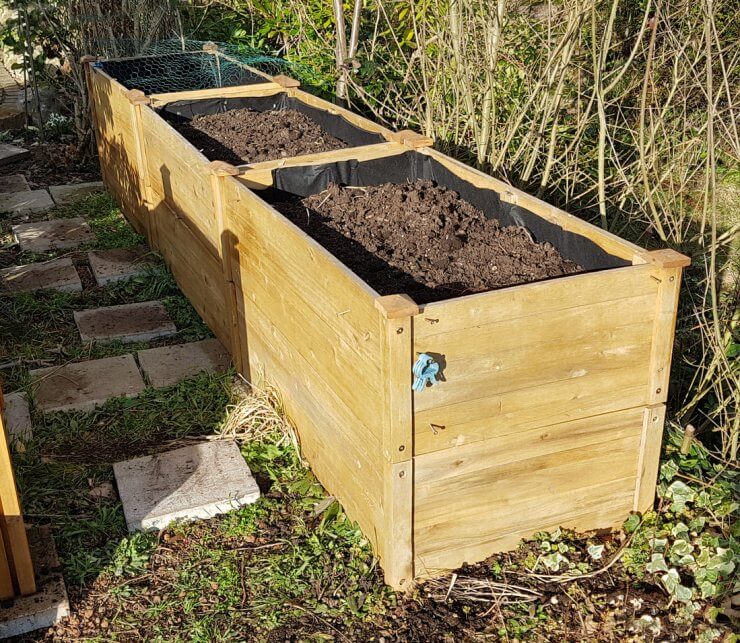
15. You have to be able to get down on your hands and knees to garden
Many folks think they can’t have a vegetable garden because their bodies aren’t able to get down on their hands and knees. Fortunately, there are great solutions that allow nearly everybody to be able to enjoy gardening. Raised garden beds and elevated container gardens are a great way to reap the benefits of gardening from a more comfortable height.
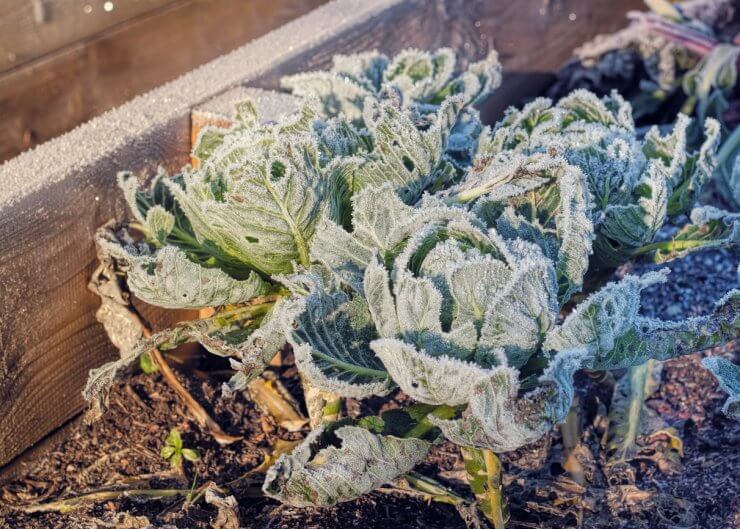
16. Water plants right before temperatures freeze
This is one of those gardening myths that has its heart in the right place. Yes, you should give your plants a good soak before winter temperatures set in, but don’t wait until the day before freezing temperatures arrive. Doing so will increase the likelihood of ice forming around the base and roots of your herbs and vegetables which could kill them. The key is to water your herbs and vegetables with enough time for the plants to soak in the moisture before the first frost arrives. That said, you’ve probably seen photos of farmers who spray down their entire garden before a night of freezing cold temperatures, and this is done in emergency situations where you have an enormous amount of plants and the frost would essentially kill them. By spraying the vegetables, the ice actually protects them and may be necessary especially if the frost happens early before vegetables can be harvested and sold. For the home gardener with a lower volume of crops that aren’t your livelihood, this isn’t likely needed.
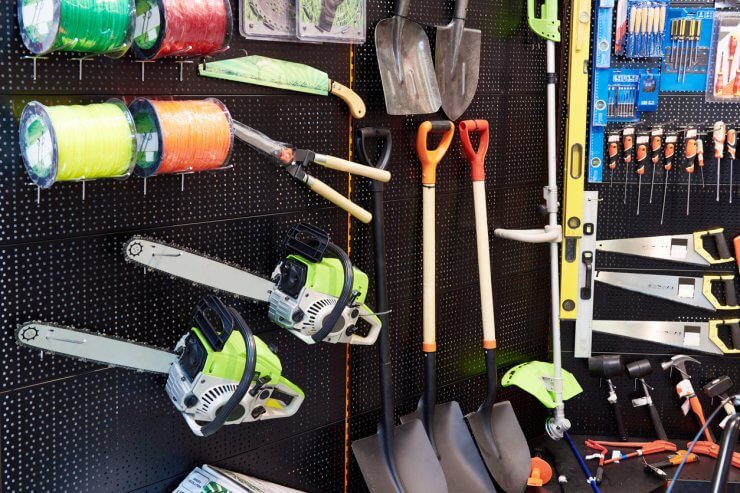
17. The better the gardening gadget the better the garden
This couldn’t be more inaccurate. Some of the best vegetable gardens out there use the simplest tools. There’s no need to break the bank buying the latest gardening tool. It’s oftentimes better to start small with a few hand tools and slowly build your garden tool collection. Or even better, borrow tools as you need them from neighbors or family members.
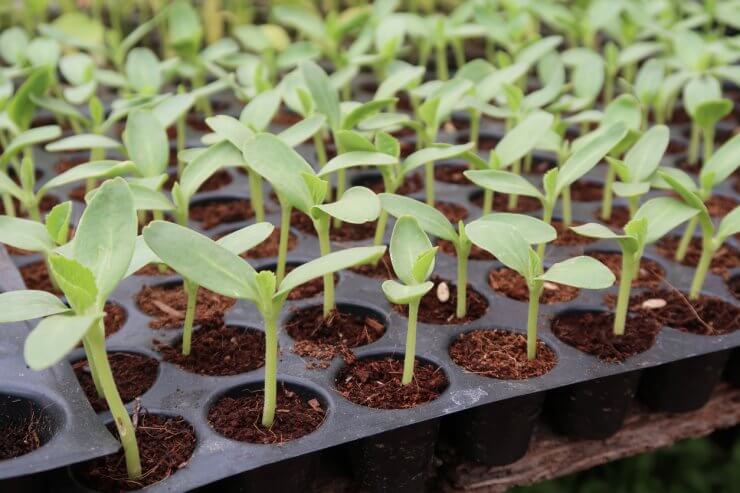
18. You have to start all seeds indoors
Starting your vegetables from seed is a very rewarding process. But not all seeds need to be started indoors in seed starting trays. Most lettuce plants, pole beans, peas, radishes, and carrots can be sown directly into your garden and do very well.
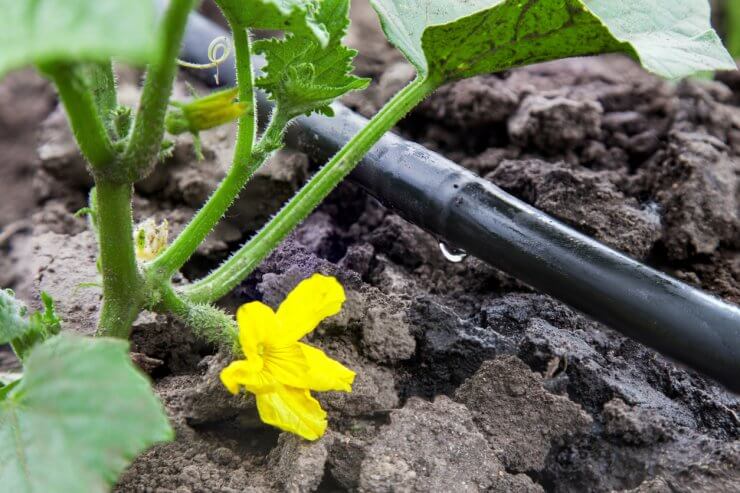
19. In order for your garden to thrive, you must set up a sprinkler or a drip irrigation system
Don’t get me wrong, an automated sprinkler or drip irrigation system is a lovely nice-to-have when vegetable gardening, but they aren’t necessary for your vegetables and herbs to grow. Simple hose watering and even using a watering can is very effective. If you’re looking for an inexpensive irrigation system, take a look at the clay pot irrigation method which may be useful if you are going away on vacation and don’t want your veggies to wilt.
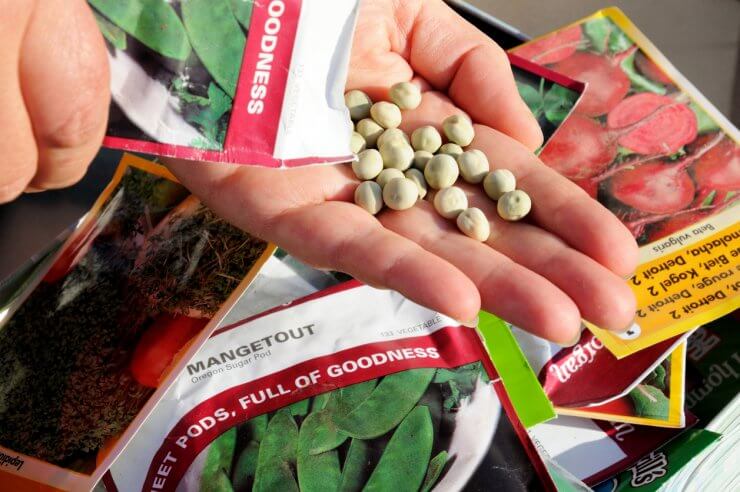
20. You should only buy heirloom seeds
When it comes to purchasing seeds, there are a lot of choices to make. Heirloom seeds come from non-GMO plants that have been grown for generations using the same lineage of seeds.
Heirloom seeds are great to use in your garden, but it doesn’t mean you shouldn’t consider some other hybridized seeds that have been bred to be disease and pest-resistant. It’s important to select the right seeds for your vegetable garden and read the seed labels carefully.
Discover 10 top tips for growing, harvesting, and enjoying fruits, vegetables, herbs and more from your home garden—when you access the FREEBIE How to Grow a Vegetable Garden, right now!
Have you heard of any gardening myths that had you scratching your head? Let me know in the comments!


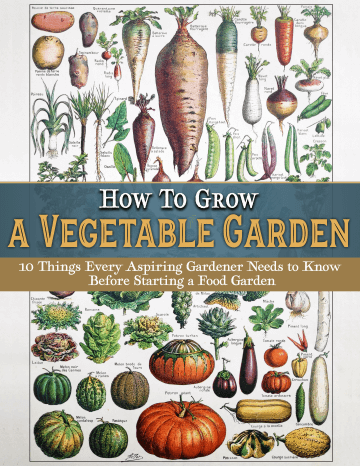


Wonderful as always, Amanda!
I’m sorry, but I must disagree with you on #6. Placing rocks on the bottom of your pot and covering them with a porous cloth is a must! I have 2 pots with tomatoes that I forgot to do this and those plants are suffering greatly. The one that has the rocks is doing fine. The fines in potting soil can plug the drainage holes, damming them up and killing your roots. I will always continue this method of potting plants.
Vegetable gardening ends in the fall: Well for me it kind of does. You mentioned zone 5 – that must be what Florida Keys? 🙂 For me in zone 2 it does pretty much end. I don’t have to dig up the carrots quite yet, and the kale can go for a bit till it gets to about -15F. The garlic is correct though. I usually plant my garlic in fall for spring harvest, even with -XX air temperatures it still works better to start in the fall. But I will not get a fall harvest out of it.
Will out of date seeds be successful? How long is too long?
The packages that I have seen always have a “Good until”. I have seeds from 1990 and plant them. Some come up and the majority do not. Depending on what you are planting, Try a few indoor pots with whatever you are planning on planting.
Great read and solid tips. Thanks for sharing.
I need your help
Happy to help, Jhon, any specific question?